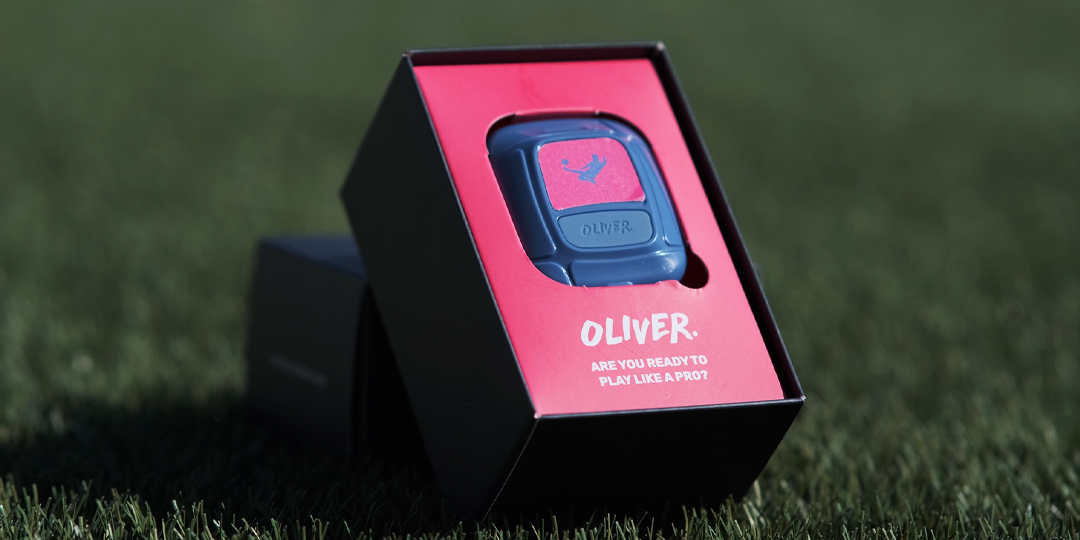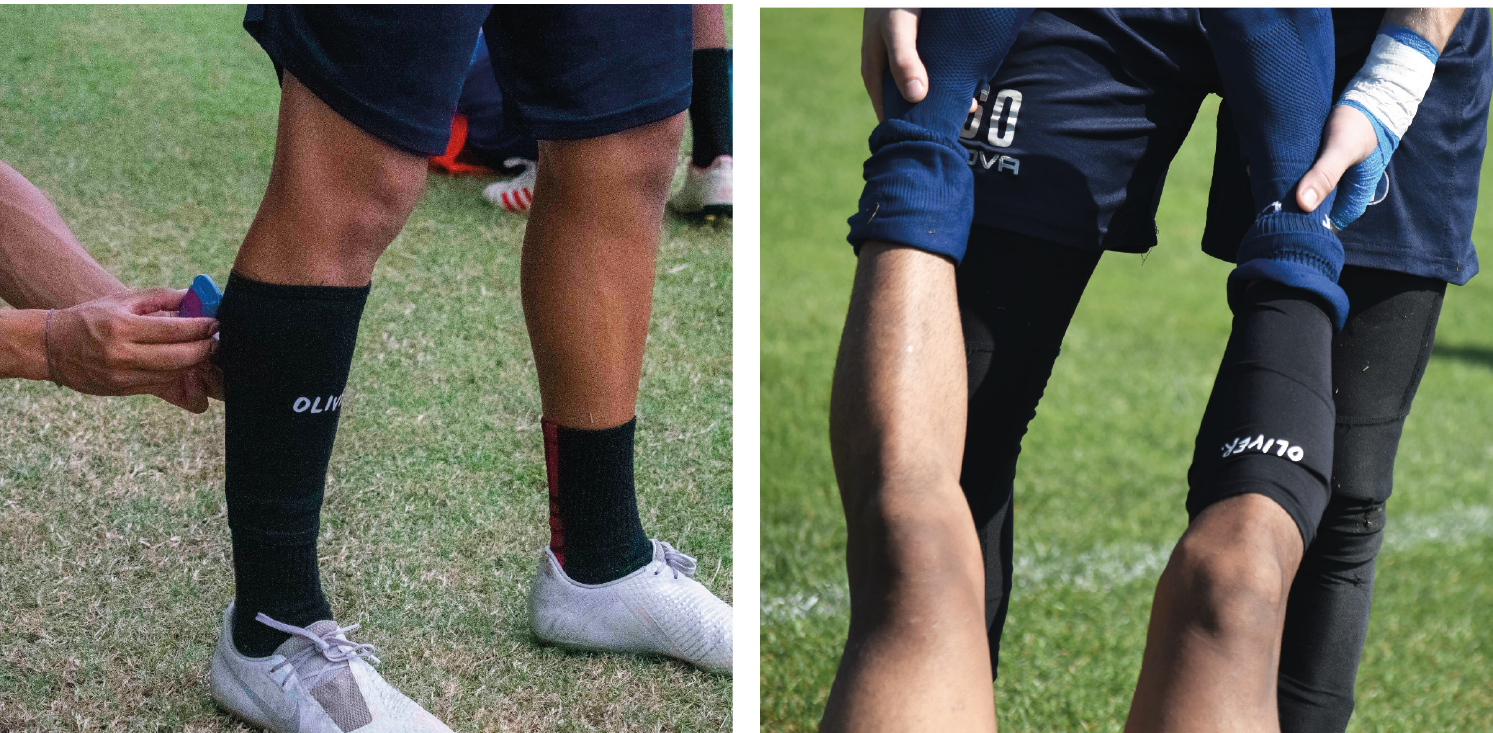Transitional Period during the holidays: How to deal with it?
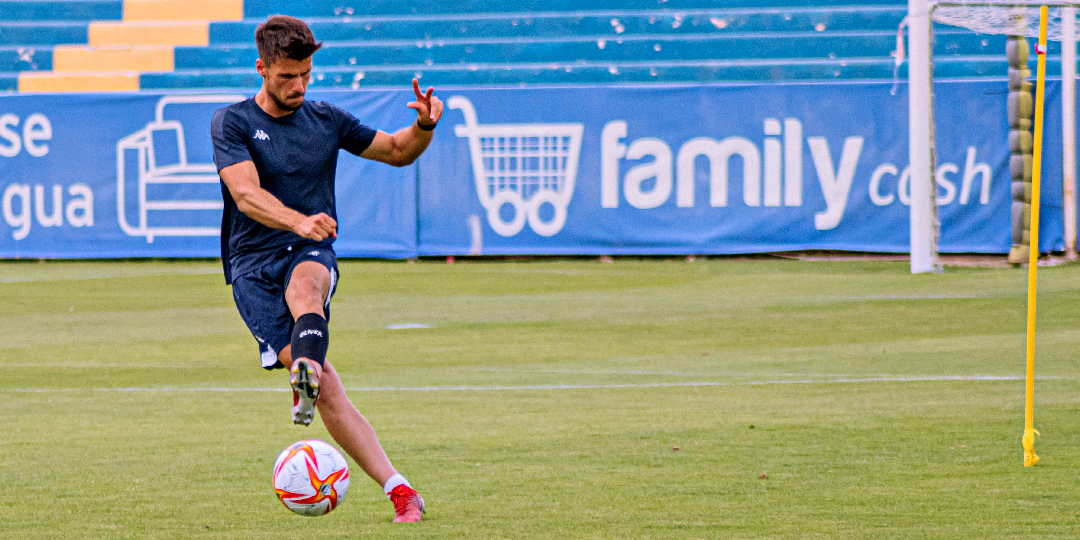
Physical preparation has a lot to say about the weeks off during the holidays. How to rest, train, and what to eat or drink during the end of the year are some of the details that are treated in the following article.
What is the Transitional Period?
The mentioned period is, in simple words, the time when there is no competition. It can be due to planned reasons (holidays, tournament organization, etc.) or different cases such as the Covid-19 pandemic. The transitional period can range from 1 to 2 weeks and up to 6 or 8 weeks.
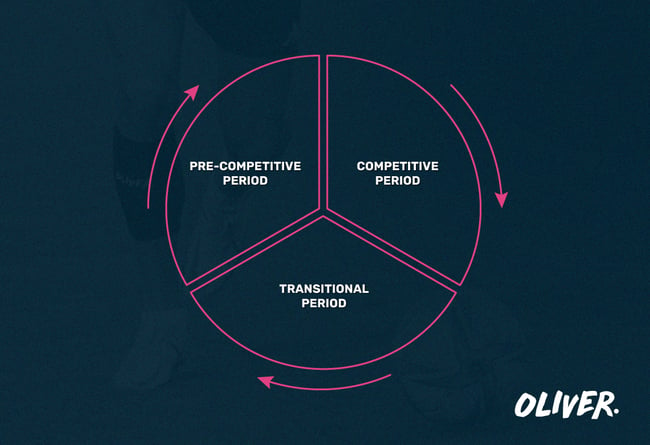
Although the length of the period is usually similar, it can be very variable. Some factors that make it longer or shorter are the length of the tournament (usually between 9 and 11 months), the length of pre-seasons (between 4 and 6 weeks), and also climate, geographical location, and culture, among other factors.
What is it used for?
The transitional period is not only focused on the physical recovery of the player but also on the psychological one. Physical preparation has become a much more holistic discipline, where every aspect of the players needs to be considered to achieve better results.
"The transitional period serves as a (dis)connection at all levels that allows athletes to re-establish the states of stress and overload experienced during the first part of the season. It also strengthens a state in which to re-generate adaptations" José María Pinilla, Physical Educator at Sport Extremadura.
A well-done transitional period will undoubtedly have a positive impact on pre-season and competition. In addition, it supports recovery from existing injuries and prevents future injuries.
What to do during this period?
The best thing to do is pay attention to every detail and take care of your body. Regarding food, players should maintain a healthy diet, avoiding excesses and not neglecting hydration, which also plays a key role.
"In the same way as with food, it is important not to fall into bad sleeping habits. It is important not to go to bed too late during these holidays. Doing so could take its toll when it comes to readapting the body to the competition routine". José María Pinilla, Sport Extremadura Physical Educator.
In terms of physical efforts, there are 3 alternatives:
- Maintaining the loads you have had since the competition.
- Reducing the loads.
- Dedicating 100% to rest and recovery.
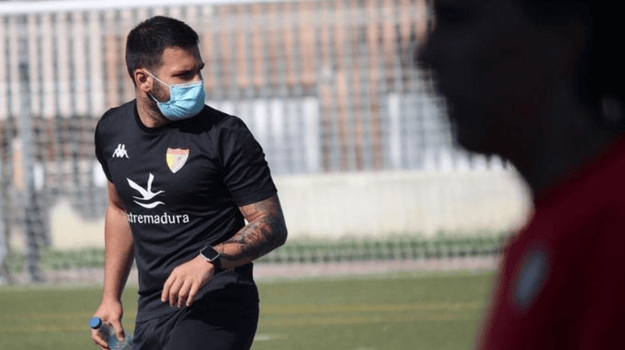
José Maria Pinilla was Physical Trainer at Badajoz and is currently at Sport Extremadura.
In both teams he used OLIVER as a GPS monitoring tool.
The most advisable thing is to lower the loads, volumes, and intensity without neglecting exercise. This period is very important for recovering the body and preventing injuries or discomfort. An excessive load can be counterproductive.
On the other hand, giving up exercise altogether can represent a big challenge for the pre-season. Fine-tuning will cost much more due to the lack of rhythm.
If the period is long enough, it is possible to consider an initial rest. After that rest, proceed to low-load and low-volume training, to finally be fit for the pre-season. It is very important to consult with physical trainers and health professionals to make the most of the transition between competition and pre-season.
GPS technology during the Transitional Period.
Loads can be monitored with GPS technology. Devices like OLIVER allow players and athletes to take advantage of this to continue measuring their metrics during competition and also during the pre-season and transitional period.
![]()
GPS technology is increasingly becoming a vital tool for football players.
"For physical trainers, using GPS technology in this period helps us to be able to control all the loads in the training sessions that players do. This way, we can see if the athlete is in the optimal load range" José María Pinilla, Sport Extremadura Physical Educator.
OLIVER has an injury prevention metric, preventing muscle injuries by up to 45%. Thanks to data monitoring and analysis, technology helps you get to the pre-season in the best shape possible. GPS technology is key to making a physical difference and boosting performance.
Know more about OLIVER

